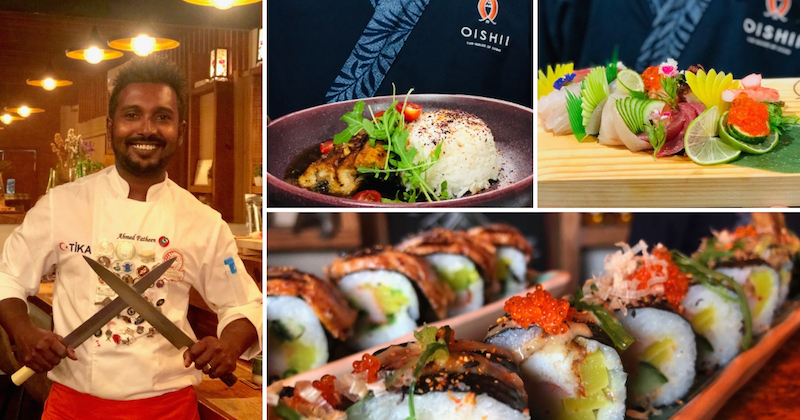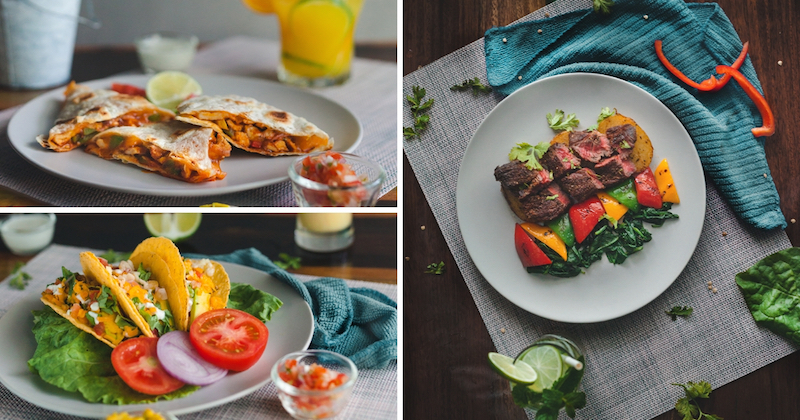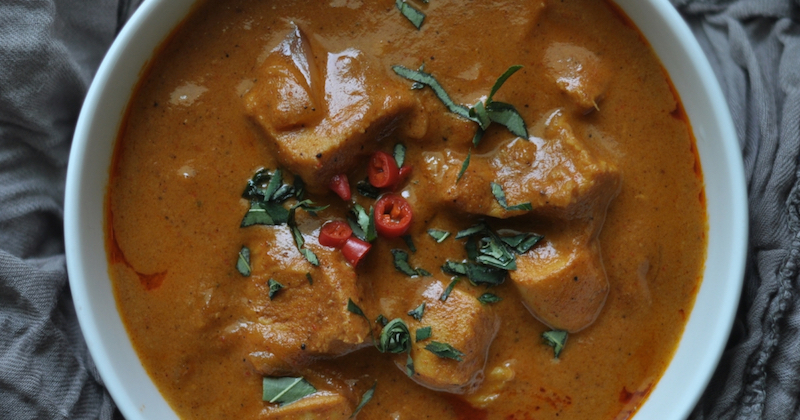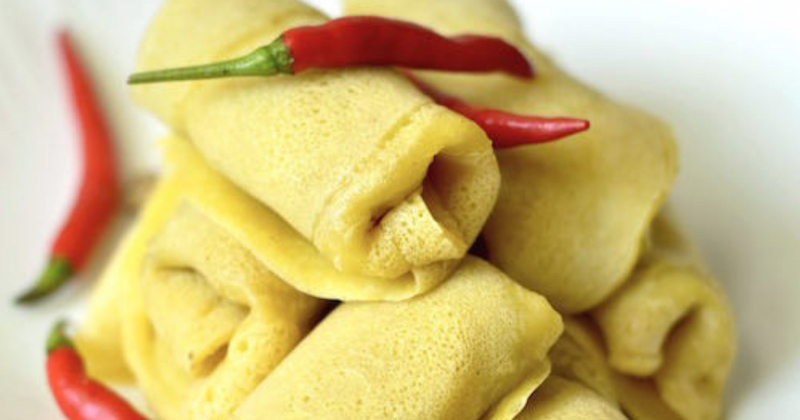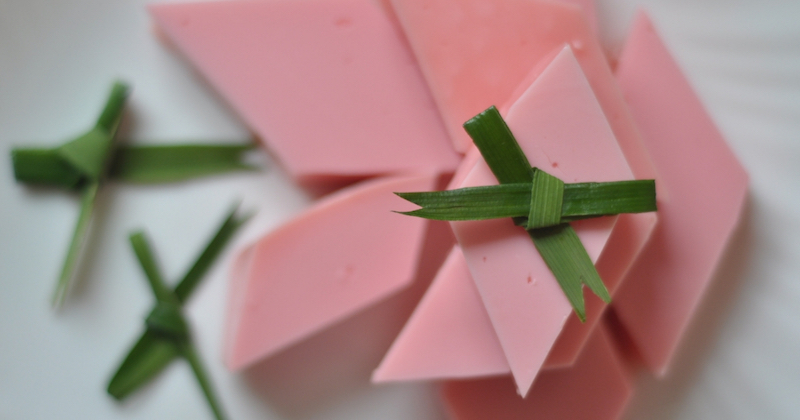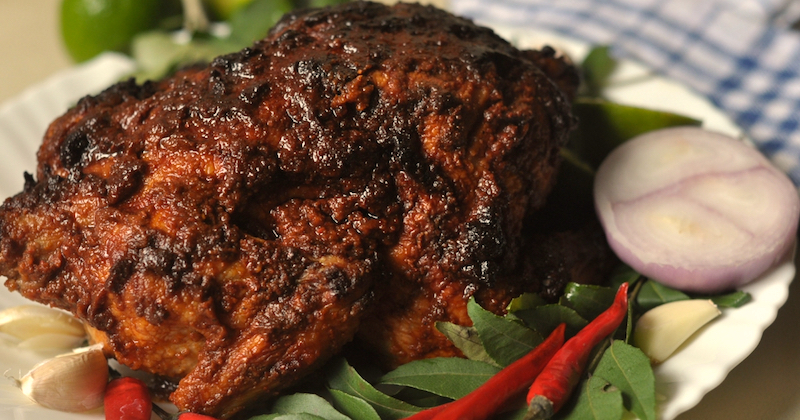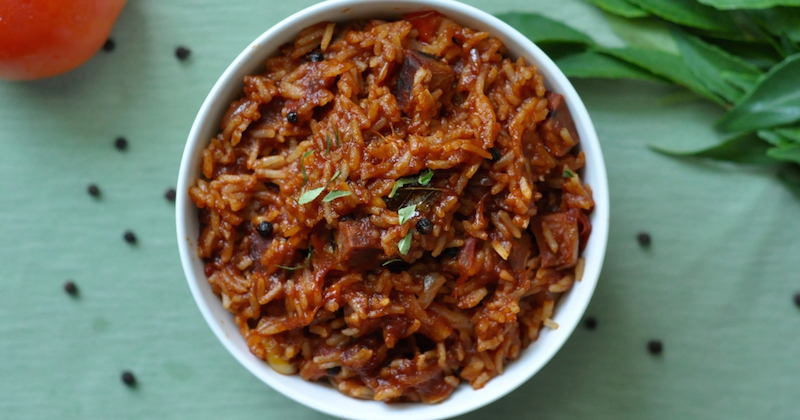Traditional Dessert Dishes
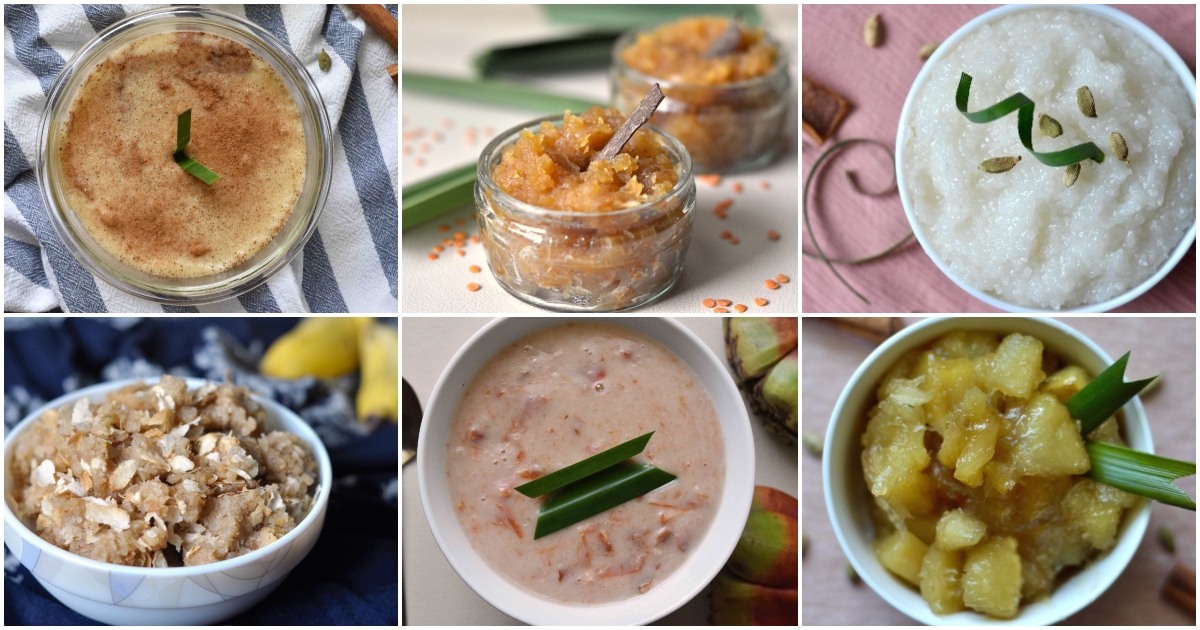
by Iyath Adam
Desserts in the Maldives are a more underrated affair compared to our numerous savoury dishes, but that doesn't mean that we don't have our own line-up of delicious sweet dishes.
Similar to most savoury food in the Maldivian cuisine, most traditional desserts also centre around rice, coconut milk and local fruits and root vegetables which are cooked in different ways.
Here, we bring to you a list of traditional desserts in the Maldives.
Kandhi
Kandhi is something in between a dessert and a drink, which is usually made on special occasions like Eid.
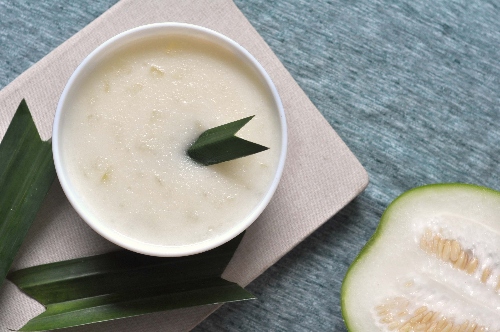
Photo above: Fufoo Kandhi
The main ingredients in kandhi are ground rice, coconut milk and sugar, along with some sort of fruit or root vegetable like green plantain (maalhoskeyo), wax gourd (fufoo) or screwpine fruit (kashikeyo). To make kandhi, all the ingredients are cooked together over heat, until it resembles a thick, paste-like liquid which you can drink or have with a spoon like soup. Sometimes, aromatics like pandan leaves, cardamom pods, rose water (finifen) or jasmine-infused water (maafen) are also added to bring out their flavours subtly.
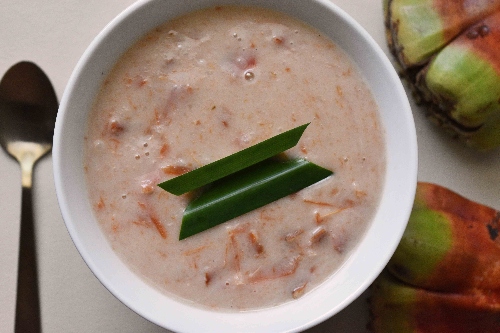
Photo above: Kashikeyo Kandhi
Bondibaiy
Bondibaiy is the ultimate Maldivian dessert. While bondibaiy can be made with various grains (rice, wheat, lentil etc.) and fruits (breadfruit, papaya etc.), the most common types which we eat nowadays are handulu bondibaiy (with rice), bambukeyo bondibaiy (with breadfruit), mugu bondibaiy (with lentils) and saagu bondibaiy (with sago pearls).
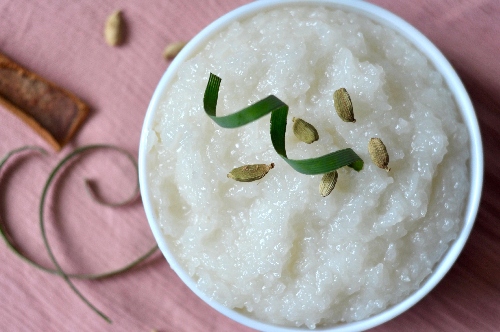
Photo above: Handulu Bondibaiy
To make bondibaiy, the grain or fruit is cooked with sugar and coconut milk over low heat, until it becomes a sweet, sticky pudding. Bondibaiy is usually eaten with spicy, dry curry-type fish dishes like kulhi mas or hanaakuri mas.
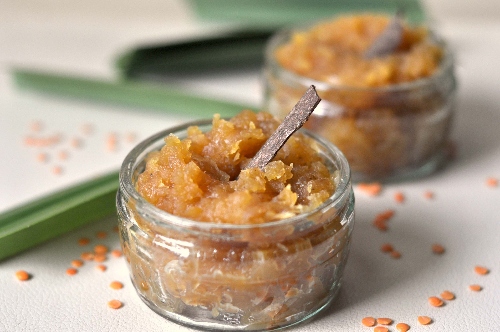
Photo above: Mugu Bondibaiy
Kiru & Kirukeyo
Kiru and kirukeyo are two desserts which are quite similar to kandhi, but with a more viscous, sticky texture.
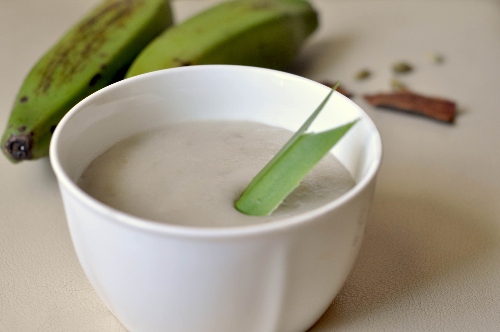
Photo above: Kirukeyo
Kiru (which is used to refer to coconut milk in Dhivehi during earlier times) is made with coconut milk, ground rice and sugar. It is usually eaten with a Maldivian crepe called fen folhi. Kirukeyo on the other hand, is made with the addition of boiled green plantains or maalhoskeyo to this mixture, giving it a grainier texture. Both of these dishes are great to have with a cup of strong black tea (kalhu sai)!
Pirini
Compared to kandhi and bondibaiy, pirini is a slightly more modern dessert. The two most widely cooked types of pirini are the classic one – made with rice and condensed milk – and ravaa pirini, which is made with semolina or ravaa.
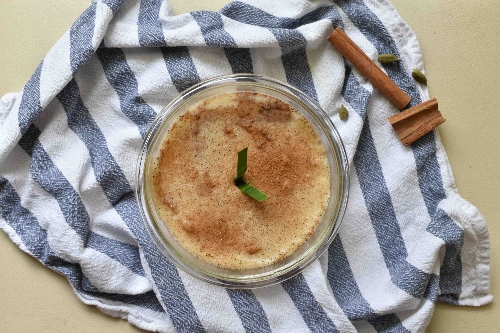
Photo above:Pirini
Like many other desserts in this list, both versions of pirini are made by simmering the ingredients over heat for a long time, until it resembles a thick, creamy, lightly textured pudding. Once cooked and poured into a container, the pirini is then dusted with a generous layer of cinnamon powder on top, giving it a lightly spiced, sweet taste.
Haluvidhaa
Haluvidhaa is another modern take on what most of us would now know as gelatine or agar agar pudding. The Maldivian version of this is made with a mixture of agar agar, condensed milk, water and maafen to make a sweet, creamy, semi-solid pudding.
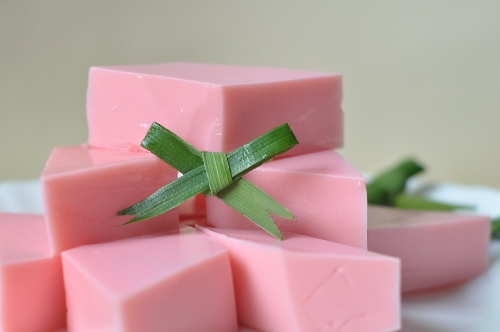
Photo above: Haluvidhaa
While the traditional haluvidhaa is made with just this and a few drops of red food colouring to give it a pinkish hue, there are now different flavoured versions, including rose haluvidhaa (made with rose syrup) and pandan haluvidhaa (made with pandan extract).
Boakuri Falho & Bambukeyo
Boakuri falho (papaya) and boakuri bambukeyo (breadfruit) both are made by cooking the fruits (either sliced or cubed into small pieces) in sugar and water with pandan leaves. The result is a caramelised, slightly sticky fruit that's great to have on its own or after a heavy meal like lunch.
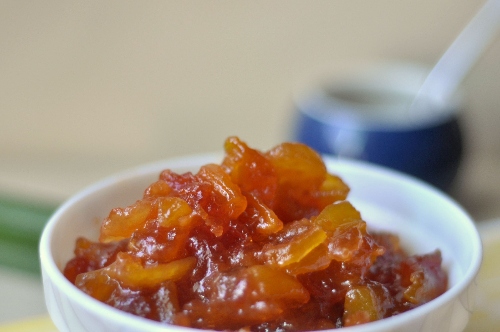
Photo above: Boakuri Falho
Maahefun Desserts
There are a variety of desserts made in the Maldives for our special pre-Ramadan celebration called maahefun, known for their sweet, nostalgic taste.
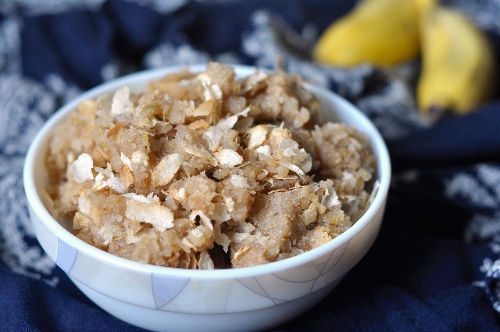
Photo above: Aveli
For this, smashed overripe bananas, grated coconut and sugar are mixed with different grains like dried chunks of bread rusks (faaroshi), flattened rice or poha (aveli) and roasted finger millet flour (bimbi fuh) to make foni faaroshi, aveli and maafuh respectively.
Want to know more about traditional Maldivian cuisine? Check out our other articles here.
About Lonumedhu
Lonumedhu is about eating great food right here in the Maldives.
Our easy to follow recipes use locally available ingredients.
In our blog you will find food news, interviews with chefs and cooks, useful information about eating out and other foodie reads.
Contacts
© Lonumedhu.com 2017-2025. All rights reserved. No part of this website may be reproduced without the written permission of the publisher.
Advertisers
Lonumedhu.com has partnered with Qualia Pvt Ltd, a publishing & marketing agency, for its desktop and mobile advertising.
Advertising enquiries should be directed to (960) 987 4396 or marketing.sales@lonumedhu.com.

